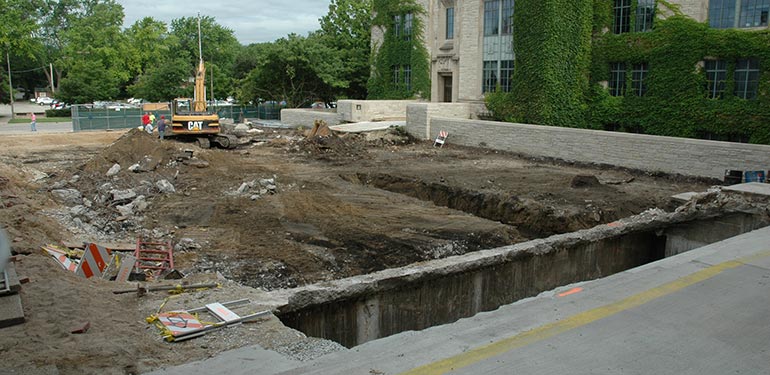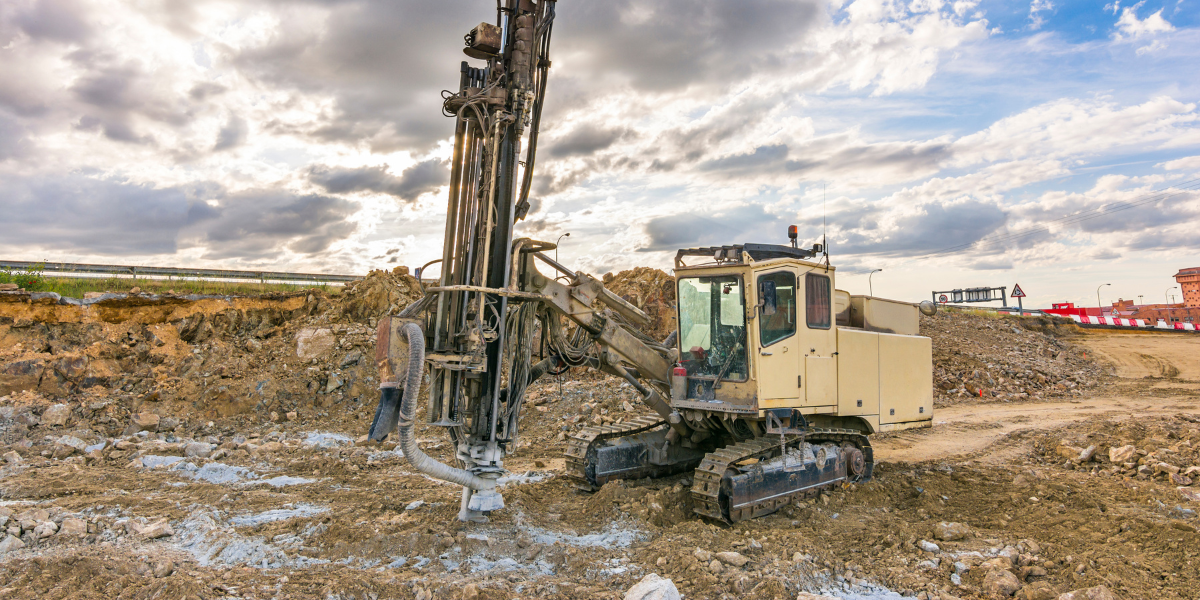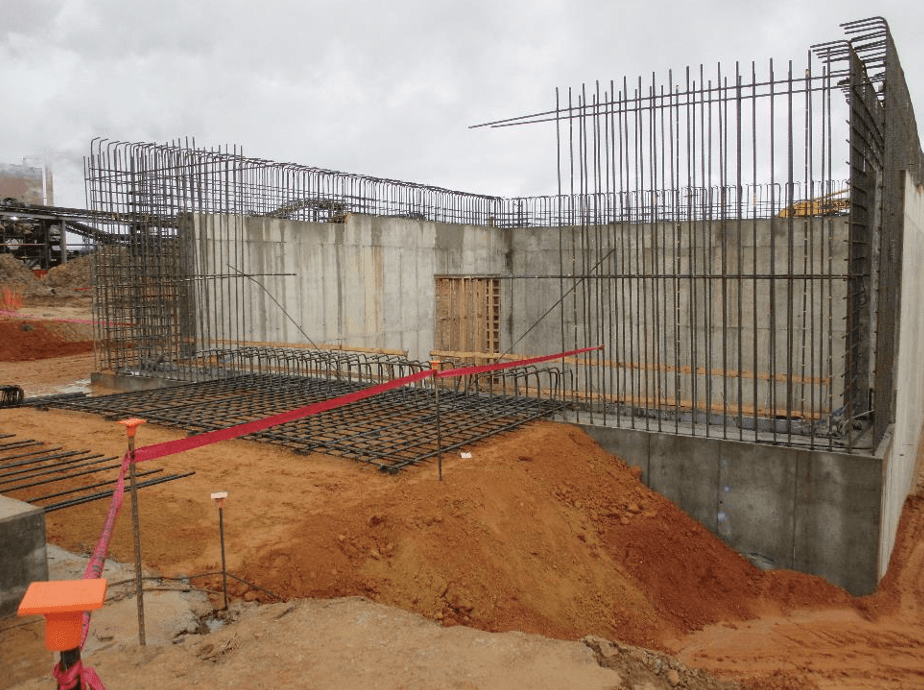How Consulting Engineers Enhance Geotechnical Design Projects: Insights Into Their Know-how, Methodologies, and Collaborative Approaches
Consulting engineers are essential in enhancing geotechnical design jobs, applying their specialized expertise to navigate the complexities of subsurface problems. Their methodologies encompass a variety of website investigation strategies, including Criterion Penetration Examinations (SPT) and Cone Penetration Tests (CPT), which educate vital decisions throughout the layout and building stages. Furthermore, their joint techniques foster communication amongst diverse task stakeholders, eventually shaping the project's trajectory. As we analyze the complex functions these professionals play, it comes to be clear that their contributions prolong past technical experience, triggering a more detailed look at the ramifications for task success.
Role of Consulting Engineers
The experience of seeking advice from designers in geotechnical design is fundamental to the successful implementation of building and construction projects. These specialists play a crucial role in examining dirt and rock residential or commercial properties, which are important variables influencing style and building and construction decisions. By carrying out complete website examinations, getting in touch with designers collect crucial information that notifies the style procedure, ensuring projects are constructed on steady and appropriate ground.
Consulting engineers also give indispensable insights right into threat monitoring (geotechnical geologist). They recognize possible geotechnical risks, such as landslides, soil liquefaction, and settlement problems, making it possible for stakeholders to apply reliable mitigation approaches. Their competence aids in enhancing foundation designs, which can bring about substantial expense savings and enhanced safety
In addition, getting in touch with designers offer as a crucial web link in between task proprietors, architects, and service providers. Their ability to convert intricate geotechnical data into actionable referrals cultivates collaboration and facilitates informed decision-making throughout the job lifecycle. This multidisciplinary technique not only boosts job efficiency however additionally makes sure compliance with governing standards and best methods.
Key Methodologies in Geotechnical Engineering

One primary technique is site investigation, which involves carrying out field examinations and research laboratory analyses to gather information on subsurface conditions. Techniques such as Standard Penetration Testing (SPT) and Cone Penetration Testing (CPT) are commonly made use of to examine soil stratigraphy and stamina. Furthermore, geophysical techniques, consisting of seismic and electric resistivity surveys, offer non-invasive ways to examine subsurface characteristics.
Another essential method is numerical modeling, which makes it possible for engineers to mimic numerous scenarios and anticipate how soil-structure communications will certainly behave under different loading problems. Finite Component Analysis (FEA) is an usual method utilized in this context.
Additionally, the style of structures, retaining structures, and earthworks depends heavily on these approaches - geotechnical geologist. By integrating advanced logical tools with field data, speaking with designers can develop customized services that resolve specific task challenges, ultimately adding to the security and safety and security of building and construction jobs
Significance of Soil Analysis
Soil analysis Full Article functions as a fundamental component in geotechnical engineering, providing vital insights right into the physical and chemical buildings of dirt necessary for reliable building planning. Comprehending dirt qualities is crucial for identifying its load-bearing ability, water drainage behavior, and potential for settlement or instability. In-depth soil investigations, including sampling and laboratory testing, aid identify parameters such as dirt kind, moisture web content, density, and shear toughness.
These evaluations inform the choice of ideal building and construction methods and materials, inevitably influencing project safety and security and longevity. For instance, cohesive dirts may require different structure designs compared to granular soils, demanding customized engineering options. Dirt analysis aids in determining impurities that might position risks to human health and wellness or the environment, allowing for the growth of reduction techniques.
Including dirt evaluation into the onset of project advancement aids to decrease unexpected difficulties, guaranteeing that designers can expect and deal with potential concerns before they rise. By developing a comprehensive understanding of the site conditions, seeking advice from engineers can optimize style performance and decrease expenses, consequently enhancing the overall success of geotechnical design tasks.
Collaborative Techniques in Jobs
Effective geotechnical jobs typically hinge on collective strategies that unite varied know-how from various techniques. Efficient partnership amongst getting in touch with designers, geologists, environmental scientists, and building and construction professionals is important for resolving intricate difficulties and optimizing project end results. By Related Site leveraging the one-of-a-kind skills and knowledge of each employee, jobs can benefit from an all natural understanding of the site problems, governing requirements, and design constraints.
Regular interaction and interdisciplinary conferences help with the sharing of insights and promote a culture of team effort. These joint initiatives allow the identification of possible dangers early in the task lifecycle, permitting prompt reduction approaches. In addition, integrating feedback from stakeholders, including neighborhood areas and regulatory agencies, ensures that all point of views are thought about, boosting job acceptance and conformity.
In addition, the integration of advanced technologies, such as Geographic Details Solution (GIS) and Structure Details Modeling (BIM), further enhances partnership. These devices enable the real-time sharing of information and visualization of geotechnical problems, advertising notified decision-making. Eventually, a collective method not only improves project execution but additionally lays the structure for cutting-edge solutions to complex geotechnical design obstacles.
Influence On Job Results

Consulting designers employ sophisticated techniques such as threat evaluation and predictive modeling, which enhance the accuracy of job forecasts. Their capacity to incorporate cutting-edge technologies, like geotechnical instrumentation and data analytics, even more fine-tunes the style and building processes. As a result, tasks experience improved effectiveness, lowered costs, and decreased hold-ups.
Furthermore, promoting reliable communication and partnership amongst employee improves problem-solving capacities. When challenges arise, an unified front enables speedy identification of services, stopping potential problems. Eventually, the collaborative efforts of seeking advice from engineers add to better end results, guaranteeing that projects meet both regulatory requirements and client expectations.
Final Thought
